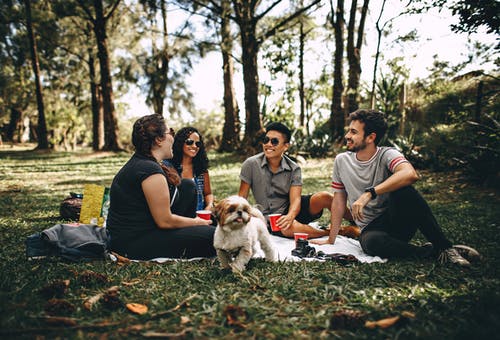The brain and spinal cord are both targets of the untreatable rabies virus. Every creature, including dogs and people, is susceptible to rabies. The virus that causes rabies is lethal once the symptoms manifest, although it can be avoided and even treated if discovered early.
Since rabies is usually spread by a bite wound from an infected animal since it is produced in saliva. The virus can enter the bloodstream when a bite breaks the skin. It can also spread through an open wound, often licked by an infected animal and exposed to its saliva.
The rabies virus is short-lived outside of a mammal’s body. Since the virus may be shed in infected animals’ saliva, the virus is often spread when the saliva enters a bite wound’s skin.
Rabies in Dogs
Because rabies is an infectious zoonotic illness, it may spread from animals to people and vice versa. The likelihood of a dog contracting an infection after being bitten by a contagious animal is relatively high. To better safeguard your beloved dog, it is advised that you educate yourself about rabies.
Signs and Symptoms
Pay attention to your dog’s behavior and call your veterinarian right away if you have any cause to suspect rabies if another animal has bitten your dog and you are concerned about rabies. Your dog could exhibit hostility while also quickly becoming agitated and restless.
Rabid animals may also exhibit hot behavior. Similarly, your dog could appear relaxed and uninterested if they are often joyful and energetic. Fever, trouble swallowing, excessive drooling, staggering, convulsions, and even paralysis are physical indicators of rabies in dogs.
Foaming at the mouth is one of the most well-known signs of canine rabies. This indicates that the infection has advanced. Seizures and progressive paralysis are frequent in the later stages of rabies. Consult a veterinarian to learn more about their vaccination service.
Treatment
A blood test cannot reliably identify rabies. Testing cannot be done until the animal has passed away since it requires a sample of brain tissue to be completely accurate.
When symptoms start, rabies in dogs cannot be treated. Unfortunately, your dog can be disturbed if your veterinarian detects rabies since they could transmit the disease.
To reduce the likelihood that your dog may get the virus after being bitten by a wild animal, a booster dose of the rabies vaccine may be administered. The dog must be isolated and restricted from escaping or hurting someone if rabies is suspected. Click to visit a veterinary website for additional details.
Prevention
Vaccinating your pet on time is the most effective approach to protect them from rabies. The vaccination benefits your dog in a variety of ways. In addition to helping protect your dog from rabies, vaccinations shield them from harm should they accidentally bite someone.
You may be sure that there is no risk of rabies transmission by demonstrating that your dog has received the rabies vaccine. However, because of the potential hazard, if your dog’s immunizations are out-of-date, they may be put in quarantine or possibly put down.
Avoiding contact with wild animals can help you from contracting rabies. Always be mindful of your surroundings and leash your dog when walking. Free-ranging animals are more prone to encounter wild animals and get the disease. Look up “About North Boulder animal clinic” for the best results.


